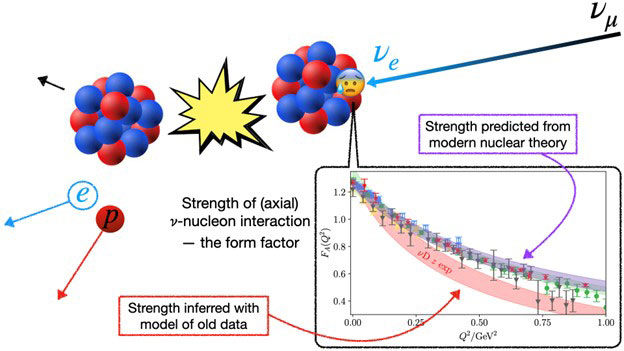In the News...
At Old Mine, Hopes Of Striking Gold With Dark Matter
August 1, 2012
by Charles Michael Ray
In Lead, S.D., a steel cage drops almost a mile below ground into the Sanford Underground Laboratory. It's formerly the deepest underground gold mine in North America, and when it closed a decade ago, state officials hoped that an underground science laboratory along with on-site university classes could spur economic development. (Read more . . .)
BELLA Laser Achieves World Record Power at One Pulse Per Second
July 27, 2012
By Paul Preuss
As Berkeley Lab’s laser plasma accelerator project BELLA nears completion, its drive laser has delivered one petawatt – a quadrillion watts – of peak power once each second, a world record for laser performance (Read more . . .)
FACET’s Accelerator Revolution
July 2012
By Lori Ann White
A new test bed for accelerator technology has thrown open its doors, with the goals of making particle accelerators smaller, cheaper and more efficient—and of expanding their role in society. (Read more . . .)
ALPHA Stores Antimatter Atoms Over a Quarter of an Hour – and Still Counting
Berkeley Lab physicists join with their international colleagues in reaching a new frontier in antimatter science (read more...)"RHIC Physicists Nab New Record for Heaviest Antimatter
Newly discovered antihelium-4 could be heaviest stable antinucleus detectable for decades to come - April 24, 2011
The STAR detector at the Relativistic Heavy Ion Collider at Brookhaven National Laboratory.
UPTON, NY — Members of the international STAR collaboration at the Relativistic Heavy Ion Collider — a particle accelerator used to recreate and study conditions of the early universe at the U.S. Department of Energy’s Brookhaven National Laboratory — have detected the antimatter partner of the helium nucleus: antihelium-4. This new particle, also known as the anti-alpha, is the heaviest antinucleus ever detected, topping a discovery announced by the same collaboration just last year. (read more . . .)"
Berkeley Lab-led BOSS proves it can do the job with quasars
May 01, 2011
The biggest 3-D map of the distant universe ever made, using light from 14,000 quasars — supermassive black holes at the centers of galaxies many billions of light years away — has been constructed by scientists with the third Sloan Digital Sky Survey (SDSS-III). (read more . . .)"
Simulating Tomorrow’s Accelerators at Near the Speed of Light
Berkeley Lab scientists accelerate calculations a million times - March 17, 2011
Like a speedboat leaving a wake that a surfer can ride, a laser pulse in a laser-plasma wakefield accelerator creates a wake in the plasma that an electron beam “surfs” to high energy. The ridges at bottom right are the laser pulse, which drives the wake as it speeds through the plasma. Colors in the wake represent intense electric fields: the decelerating fields (orange) and accelerating fields (blue) drive the electrons (white) to high energy. (read more . . .)"
RICHLAND, Wash. – In new work, high-energy physicists have observed two long-sought quantum states in the bottomonium family of sub-atomic particles. The result will help researchers better understand one of the four fundamental forces of the universe — the strong force — that helps govern the interactions of matter. (read more . . .)"
The National Optical Astronomy Observatory (NOAO), the National Science Foundation (NSF) research and development center for ground-based astronomy, has announced its conditional approval of the BigBOSS Collaboration proposal to use 500 nights of valuable observing time on the NOAO meter Mayall Telescope on Kitt Peak, Arizona.
(read more...)"
MENLO PARK, Calif. – The Crab Nebula, one of our best-known and most stable neighbors in the winter sky, is shocking scientists with its propensity for fireworks gamma-ray flares set off by the most energetic particles ever traced to a specific astronomical object. (read more...)"
SEATTLE, Wash. – On Tuesday, Jan. 11, the Sloan Digital Sky Survey-III (SDSS-III) released the largest digital color image of the sky ever made, and it's free to all. The image has been put together over the last decade from millions of 2.8-megapixel images, thus creating a color image of more than a trillion pixels. (read more...)"



